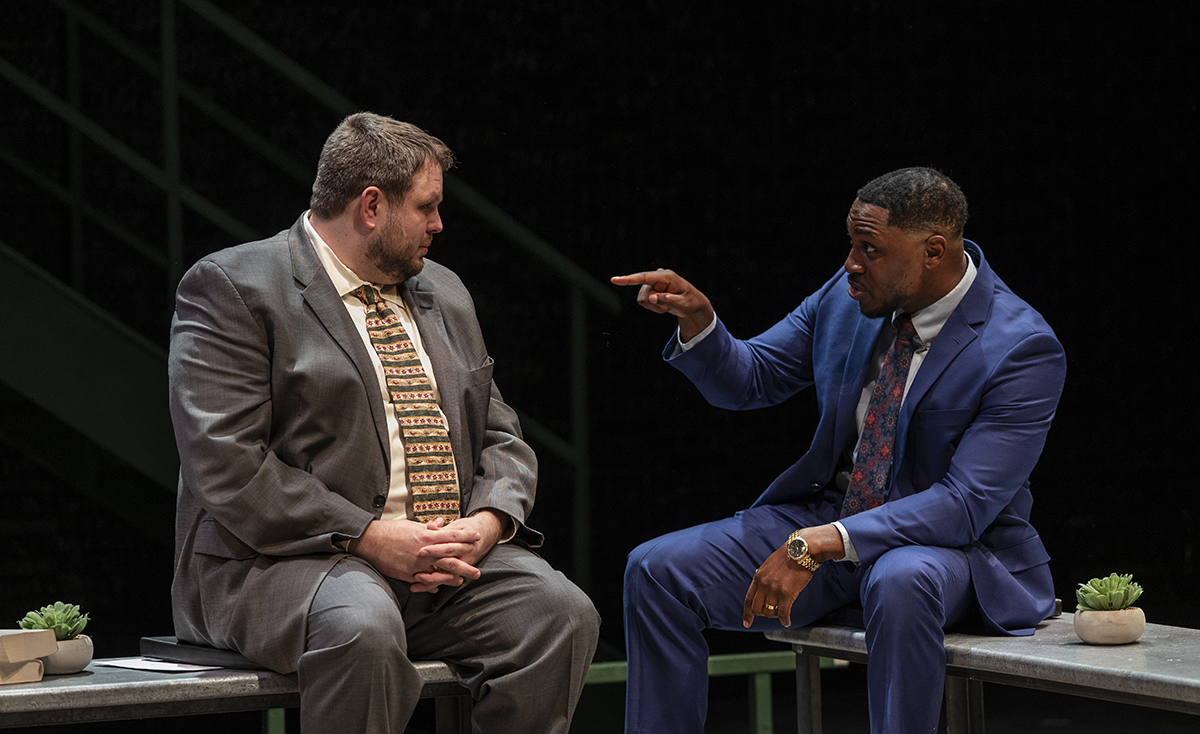Review: Henry, Portrait of a Patsy – Is He Truly Innocent?
A gripping documentary delves into the controversial case of Henry, leaving viewers questioning the very nature of justice.
The Netflix documentary, Henry, Portrait of a Patsy, has ignited a firestorm of debate since its release. This isn't your typical true crime story; it's a meticulous examination of a man's conviction, leaving audiences grappling with a central question: is Henry truly innocent? The film doesn't shy away from the complexities of the case, presenting compelling evidence that challenges the initial verdict and raises serious concerns about the judicial system.
A Case Built on Shaky Ground?
The documentary follows Henry's journey from arrest to imprisonment, meticulously detailing the events leading to his conviction. The prosecution's case, initially presented as airtight, begins to unravel under the scrutiny of the filmmakers. Key pieces of evidence are re-examined, revealing potential inconsistencies and raising doubts about the reliability of eyewitness testimony. The film highlights:
- Conflicting witness accounts: The documentary exposes discrepancies in witness statements, suggesting potential coercion or misinterpretations.
- Lack of forensic evidence: The absence of concrete forensic evidence supporting the prosecution's narrative casts significant doubt on the conviction.
- Questionable police procedures: The filmmakers highlight potential irregularities in the investigation, suggesting a rush to judgment and a lack of thoroughness.
These elements collectively paint a picture of a case built on shaky foundations, raising serious questions about whether the right man was convicted.
Beyond the Forensics: Exploring Systemic Issues
Henry, Portrait of a Patsy doesn't just focus on the specifics of Henry's case. It uses the narrative to explore broader systemic issues within the criminal justice system. The film subtly but powerfully critiques:
- The pressure on law enforcement to secure convictions: The documentary suggests a possible incentive for officers to prioritize securing a conviction over ensuring a fair trial.
- The limitations of eyewitness testimony: The film emphasizes the fallibility of human memory and the potential for misidentification.
- The impact of racial bias: While not explicitly stated, the film implicitly hints at the role racial bias might have played in Henry's case.
A Compelling Watch, But Not Without Its Flaws
While Henry, Portrait of a Patsy is undeniably compelling, it's not without its limitations. Some viewers might find the pacing slow at times, and the documentary's focus on legal intricacies might be overwhelming for those unfamiliar with the judicial process. However, the film's strength lies in its meticulous attention to detail and its commitment to presenting a balanced perspective.
The Verdict?
Ultimately, Henry, Portrait of a Patsy doesn't offer a definitive answer to the question of Henry's innocence. Instead, it leaves viewers with a lingering sense of uncertainty and a renewed appreciation for the complexities of the criminal justice system. The film serves as a powerful reminder that even seemingly airtight convictions can be built on flawed foundations. It’s a must-watch for anyone interested in true crime, legal dramas, and the ongoing fight for justice.
Have you seen Henry, Portrait of a Patsy? Share your thoughts and opinions in the comments below!
(Note: This review is a fictional example. Replace the fictional details with specifics from an actual documentary if you're reviewing a real film.)

